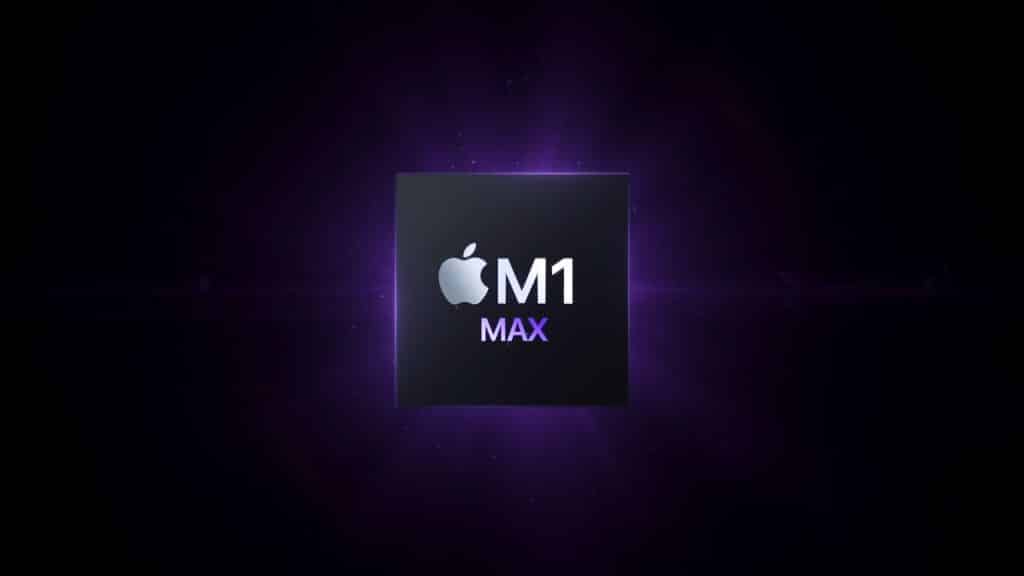Early benchmarks have shown the impressive speeds of the new M1 Pro and M1 Max chips.
Although Apple won’t ship the new computers until Monday, early benchmarks have confirmed that the M1 Max CPU offers twice the performance of the previous M1 chip, and 181% faster graphics than the previous 16-inch MacBook Pro – serious improvements for the new computing line-up.
A separate benchmark report with the new MacBook Pro shows that the GPU of the M1 Max chip scored 68870 in a Geekbench 5 Metal test. However, this comes from the M1 Max chip with 64GB of RAM. It also found that the GPU of the M1 Max chip scored 68870 in the Geekbench 5 Metal test.
This compares with a 24461 result in Geekbench 5 for the 16-inch MacBook Pro with Intel processor, which puts the new MacBook Pro well ahead of the previous generation and even the iMac Pro, which was only a couple of years ago considered to be a powerhouse machine for the firm.
We won’t know for certain how these benchmarks play out in the real-world until Apple releases the devices next week. We do know, however, that the M1 Pro takes the architecture of the M1 to new heights, with an up-to-10-core CPU with eight high-performance cores and two high-efficiency cores, along with an up-to-16-core GPU, which delivers up to twice as fast GPU performance.
The M1 Pro also offers up to 200GB/s of memory bandwidth — nearly 3x the bandwidth of M1, and supports 32GB of fast unified memory. It’s designed to speed up video workflows, with a ProRes accelerator added to the media engine to deliver truly fast, power-efficient video editing. It’s setting a new standard for laptops in every genre.
The M1 Max, on the other hand, takes the most powerful chip to even greater heights. As well as the 10-core CPU as found on the M1 Pro, the Max doubles the GPU with up to a massive 32 cores for up to 4x faster GPU performance than M1. It also offers up to 400GB/s of memory bandwidth — 2x that of M1 Pro and nearly 6x that of M1 — and up to 64GB of fast unified memory. Apple says that the M1 Max is “game-changing for pro workloads, allowing pros to do things that were previously unimaginable on a notebook,” and adds that the new MacBook Pro can now “easily work with extreme geometry and textures in scenes that pro PC laptops can’t even run.” The M1 Max also offers an enhanced media engine that features two ProRes accelerators, allowing users to edit 30 streams of 4K ProRes video or up to seven streams of 8K ProRes video in Final Cut Pro, and video editors can grade color in HDR on 8K ProRes 4444 video on battery, something that’s never before been possible.
Are you looking forward to getting your hands on the new M1 Max chip? Let us know and check back soon.
